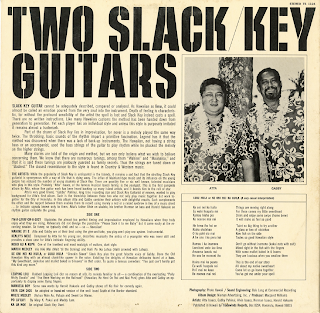Channel 1 Suite
Mercy, Mercy
The Buddy Rich Big Band
Recorded Live At Caesars Place
Producer: Richard Bock
Engineer: Bill Porter
Art Direction: Woody Woodward
Design: Gabor Halmos
Color Photography: Peter Whorf and Ron Waller
Black & White Photography: David Redfern
World Pacific Jazz STEREO ST-20133
Liberty Records, Inc.
1975
Personnel:
Buddy Rich: Drums
Walter Namuth: Guitar (Solo)
William Prince: Trumpet (Solo)
Al Porcino: Trumpet
David Culp: Trumpet
Jim Trimble: Trombone
Richard Stepton: Trombone
Peter Graves: Bass Trombone
Don Menza: Tenor Sax (Solo)
Art Pepper: Alto Sax (Solo)
Charles Owens: Alto Sax
Pat LaBarbera: Tenor Sax
John Lewis: Baritone Sax
John Lewis: Bariton Sax
Joe Azarello: Piano
Gary Walters: Fender Bass & String Bass
From the inside cover:
Buddy Rich has been singularly judicious in his choice of arrangers, in the material he has assigned them to compose or orchestrate, and in the sidemen he has undertaken, and by the roaring enthusiasm that has greeted him on every occasion.
After starting out in Las Vegas, the band played at home and abroad, in night clubs and on television, at concerts and festivals. The wheel having now turned a full circle, we now find him in this album at the epicenter of Nevadan luxury, Caesars Palace in Vegas.
"Buddy was working an engagement there with Tony Bennett," say producer Dick Bock. "On the concluding night, the band stayed over, and a specially invited audience, including quite a few show business celebrities, came to the room – or in many cases just stayed on after seeing the regular performance. We then began the recording session at 3 a.m. and finished up the album with a similar date the following afternoon. The audience and the band were so in tune with one another that everything went off more smoothly than anyone thought possible. Most of the tunes were "wrapped" in just one of two takes."
Buddy amplifies Bock's comments, "There were 400 people at the 3 a.m. session – actors, bartenders, dancers, everyone from all along the Strip. In the afternoon we invited the general public, and we had about 800. What thrill me was there were so many kids in that daytime audience! They not only dug the band, but they asked some intelligent questions about the music. We were really getting through to the youngsters."
Since the release of the last Buddy Rich album, there have been a couple of important changes in the band's personnel. Al Porcino, a trumpet player who could safely lead a brass section through a brush fire, took over the challenging first trumpet chair. Around the same time, Art Pepper, a long-time Stan Kenton man and one of the most gifted all-around reed artists in the Los Angeles area, joined the saxophone section on alto and flute.
The consequences of these two events are conspicuous in this album. The brass marches with power and togetherness under Porcino's direction. The saxophones, already a potent team, are further enhanced not only by Pepper's contributions, but also by the presence of Don Menza. Menza, a brilliant tenor player, born in Buffalo in 1936, has spent so much time living overseas that Americans have never heard about him. I caught him in Berlin in the fall of 1967, when he was a part of a radio house band that backed Don Ellis at a jazz concert. Not long after, he returned to the U.S. As you will observe on these sides, he has discovered just about all of the vast range of possibilities inherent in the tenor saxophone. – Leonard Feather (Author of The Encyclopedia Of Jazz in the '60's)
Mercy, Mercy, Mercy (Arranged by Phil Wilson)
Preach And Teach (Arranged by Don Sebesky)
Channel 1 Suite (Arranged by Bill Reddie)
Big Mamma Cass (Arranged by Don Sebesky)
Goodbye Yesterday (Arranged by Don Piestrup)
Acid Truth (Arranged by Don Menza)
Alfie (Arranged by Don Piestrup)
Ode To Billy Joe (Arranged by Charles Owens)




























